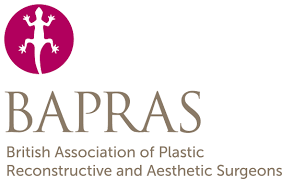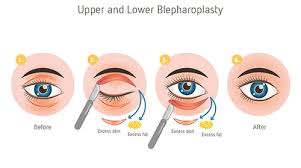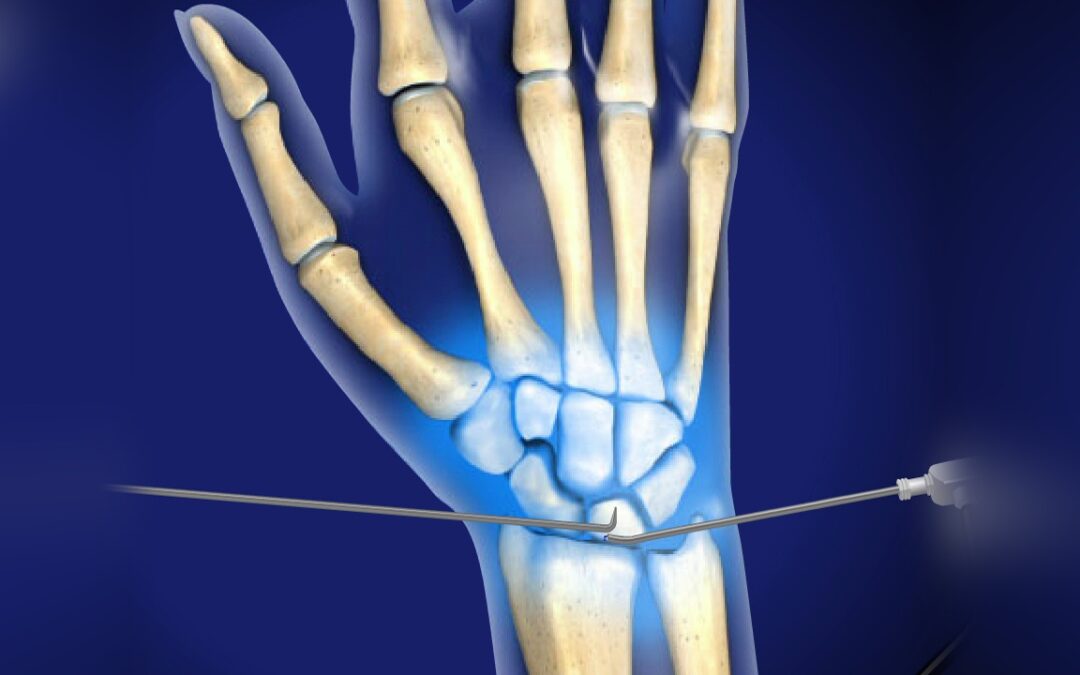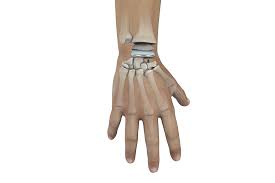Carpal Tunnel Syndrome
Carpal tunnel syndrome surgery is a procedure that is performed to relieve pressure on the median nerve in the wrist. The median nerve is responsible for feeling in your thumb, index, middle, and ring fingers. When the median nerve is compressed, it can cause pain, numbness, and tingling in your hands and fingers.
Who is a good candidate for carpal tunnel syndrome surgery?
Carpal tunnel surgery is a good option for people who have tried conservative treatments for carpal tunnel syndrome without success. Conservative treatments for carpal tunnel syndrome include:
- Resting your hands
- Wearing a splint or brace on your wrist
- Taking over-the-counter pain medication
- Injections of cortisone into the carpal tunnel
If you have tried these treatments and your symptoms are still not improving, you may be a good candidate for carpal tunnel surgery.
What are the risks of carpal tunnel syndrome surgery?
The risks of carpal tunnel syndrome surgery are:
- Infection
- Nerve damage
- Scarring
- Numbness or tingling in the fingers
What happens during carpal tunnel syndrome surgery?
Carpal tunnel surgery is usually performed under local anaesthesia. An incision is made in the palm of your hand which is then used to gain access to the ligament compressing the median nerve. The ligament is then divided releasing the pressure on the median nerve. The incision will then be stitched closed.
How long does carpal tunnel syndrome surgery take?
Carpal tunnel surgery typically takes 30-60 minutes. You will go home on the same day after surgery.
What is the recovery time for carpal tunnel syndrome surgery?
The recovery time for carpal tunnel syndrome surgery is typically 2-6 weeks. You will need to wear a splint or brace on your wrist for 2-4 weeks. You will also need to avoid strenuous activity for 2-6 weeks.
What are the results of carpal tunnel syndrome surgery?
Carpal tunnel surgery is usually very successful in relieving the symptoms of carpal tunnel syndrome. In most cases, people who have carpal tunnel surgery experience complete relief of their symptoms. However, those who have muscle atrophy may not regain complete restoration of muscle power.
Here are some additional tips for patients considering carpal tunnel syndrome surgery:
- Be realistic about your expectations. Carpal tunnel surgery may not completely get rid of all of your symptoms.
- Choose a board-certified hand surgeon with experience in carpal tunnel surgery.
- Ask your surgeon about their aftercare plan.
- Be prepared for a lengthy recovery period.
- Be patient with your results. It can take up to a year for your hands to fully heal.
Here are some frequently asked questions about carpal tunnel syndrome surgery:
- What is the difference between carpal tunnel syndrome surgery and endoscopic carpal tunnel release? Carpal tunnel surgery is the traditional method of performing carpal tunnel release. Endoscopic carpal tunnel release is a newer procedure that is performed through smaller incisions. Endoscopic carpal tunnel release is generally less invasive than traditional carpal tunnel surgery, but it may not be as effective in relieving symptoms.












